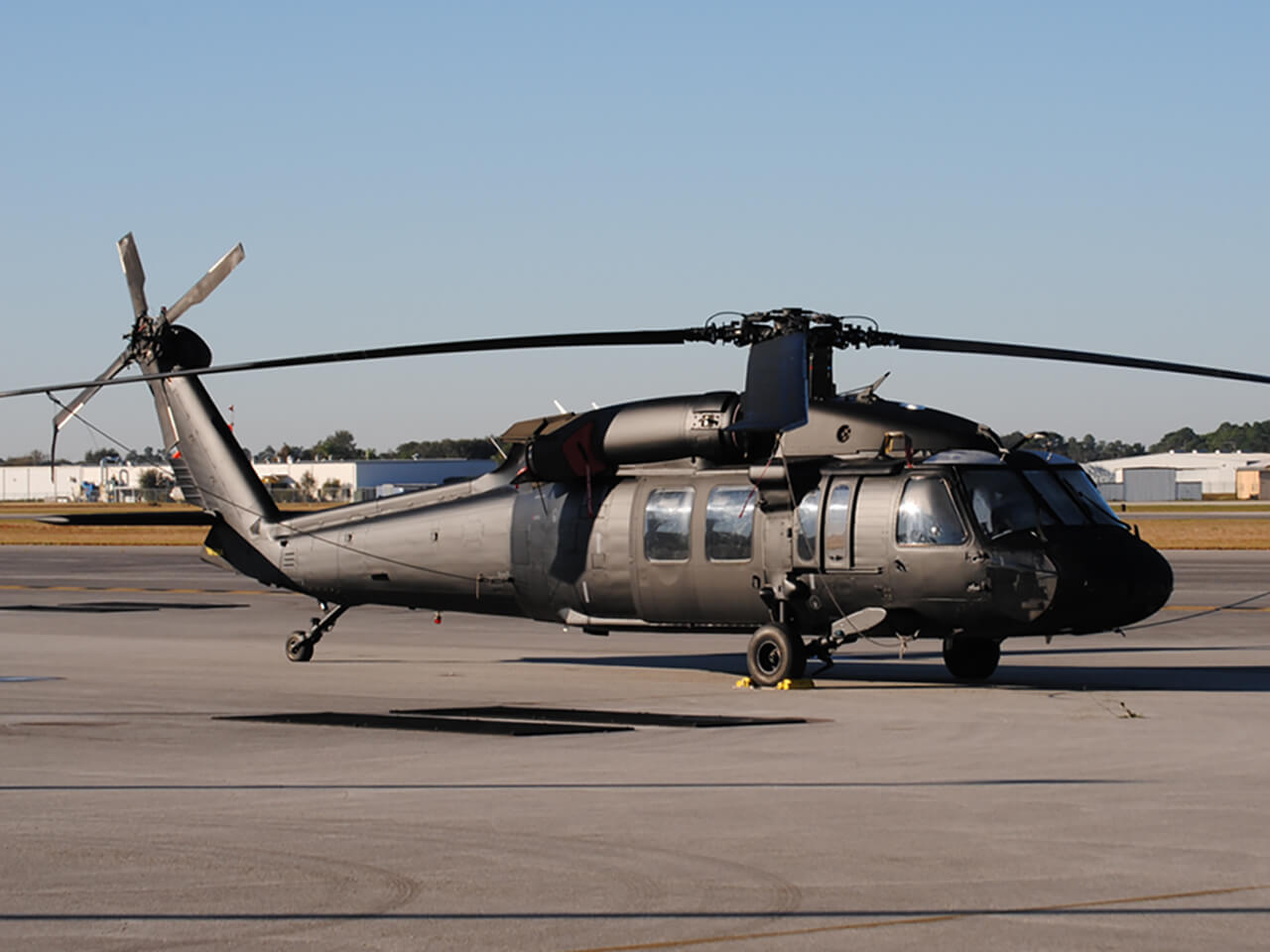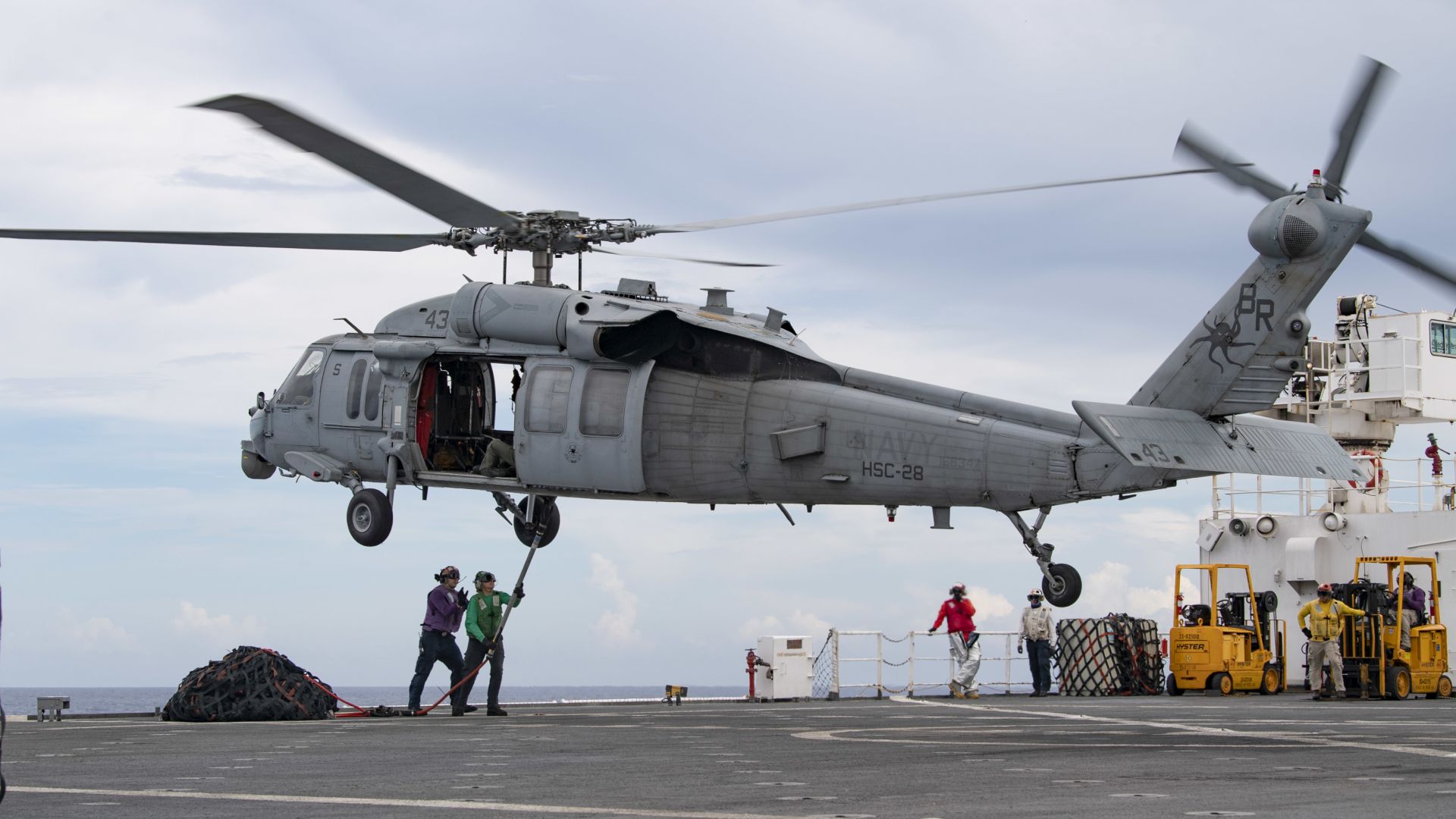Discovering the Background and Evolution of the UH 60 Helicopter

Beginnings of the UH-60
The beginnings of the UH-60 helicopter can be mapped back to the late 1960s, a duration noted by the need for a flexible energy airplane that could adapt to the advancing demands of modern-day warfare. The united state Army identified the need for a replacement for the older UH-1 Iroquois, which was coming to be increasingly insufficient for the complexities of modern combat scenarios. In 1967, the Army started the Utility Tactical Transport Airplane System (UTTAS) program, which looked for to develop a multi-role helicopter with the ability of numerous goals, consisting of troop transport, medical emptying, and logistical support.
The UH-60 Black Hawk was introduced, showcasing cutting-edge layout aspects and advanced innovation that established it apart from its predecessors. The UH-60 swiftly got acknowledgment for its robust performance, integrity, and adaptability, paving the way for its extensive usage in military procedures and strengthening its status as a cornerstone of United state Military air travel.
Key Layout Functions
Innovative style attributes of the UH-60 Black Hawk substantially add to its operational efficiency. One of the most significant facets is its twin-engine setup, which boosts dependability and supplies a greater power-to-weight proportion, allowing the helicopter to execute under numerous conditions. The aircraft's four-blade major rotor system provides improved lift and ability to move, essential for tactical missions.

In addition, the cabin is designed for optimal visibility and functional designs, featuring innovative avionics that simplify pilot operations. The modular design of the UH-60 enables easy maintenance and adaptability, making it suitable for different mission profiles, from army transport to medevac procedures. These key layout features make sure that the UH-60 Black Hawk continues to be a trustworthy and flexible possession in armed forces aeronautics, with the ability of meeting the needs of contemporary warfare.
Technical Advancements
Current technological advancements in the UH-60 Black Hawk have significantly improved its functional capacities and adaptability. The assimilation of innovative avionics, such as digital flight control systems and boosted situational recognition display screens, permits pilots to operate with enhanced accuracy and effectiveness. These systems help with boosted navigating, communication, and data sharing, allowing the helicopter to operate successfully in diverse environments.
Additionally, the introduction of composite products has minimized the overall weight of the airplane while maintaining structural integrity. This decrease boosts fuel performance and prolongs functional range. The incorporation of advanced rotor innovation, consisting of the use of four-blade, totally verbalized rotor systems, has enhanced lift performance and maneuverability, enabling for far better handling in numerous trip problems.

Moreover, advancements in propulsion systems, such as the T700-GE-701D engines, have increased power output and reliability - uh 60. These engines add to premium performance in hot-weather and high-altitude problems
Finally, the combination of self-defense systems and enhanced sensor plans enhances the Black Hawk's survivability and goal effectiveness. Jointly, these technical renovations make sure that the UH-60 More Help Black Hawk remains an important asset in modern aeronautics, efficient in adjusting to the advancing demands of site armed forces and humanitarian missions.
Role in Armed Force Workflow
As the backbone of united state Army air travel, the UH-60 helicopter plays an important role in different army operations, functioning as a flexible platform for fight support, transport, and medevac goals - uh 60. Its style includes the capacity to operate in varied settings, making it necessary for army activity and logistical assistance in both traditional and unconventional warfare

In medical evacuation scenarios, the UH-60 has shown indispensable, considerably lowering the time to transport damaged soldiers from the battlefield to medical facilities. Its advanced avionics and night vision abilities further ensure goal success under tough problems. Overall, the UH-60 helicopter continues to be a vital property, constantly adjusting to satisfy the advancing needs of army procedures and enhancing the efficiency of united state forces worldwide.
Future of the UH-60
Looking ahead, the future of the UH-60 helicopter entails substantial developments in modern technology and capacities created to enhance its functional performance. As military procedures progress, the UH-60 is anticipated to include sophisticated modern technologies, including enhanced avionics, enhanced tools systems, and advanced interaction devices. These enhancements will enable better situational awareness and objective versatility, ensuring that the UH-60 stays an essential asset on the field of battle.
One noteworthy growth is the integration of fly-by-wire systems, which will enhance trip control find this precision and minimize pilot work. Additionally, initiatives to update the airframe and engines aim to raise variety, rate, and haul capacity, consequently increasing the helicopter's operational range (uh 60).
The future also holds guarantee for enhanced interoperability with unmanned airborne systems (UAS), enabling coordinated missions that utilize both manned and unmanned capacities. Furthermore, the incorporation of expert system and artificial intelligence can maximize trip characteristics and upkeep procedures, causing reduced operational prices.
Final Thought
The UH-60 Black Hawk helicopter represents a considerable achievement in military aeronautics, progressing from the united state Army's initial requirements for a functional energy aircraft. Its ingenious design features and continual technological developments have ensured its relevance in numerous armed forces operations over the years. As the needs of contemporary war modification, the future of the UH-60 will likely involve further improvements and adjustments, reinforcing its standing as an important asset for militaries worldwide.
The UH-60 Black Hawk helicopter stands for a significant landmark in armed forces aeronautics, emerging from the United state Army's pursuit for a much more versatile and reliable energy airplane in the late 20th century.The origins of the UH-60 helicopter can be mapped back to the late 1960s, a period noted by the need for a flexible energy aircraft that could adapt to the evolving demands of modern-day warfare. On the whole, the UH-60 helicopter remains an essential possession, continually adapting to satisfy the evolving demands of army operations and improving the performance of United state pressures worldwide.
Looking ahead, the future of the UH-60 helicopter includes substantial advancements in modern technology and capabilities created to boost its operational efficiency.The UH-60 Black Hawk helicopter represents a considerable success in military air travel, advancing from the United state Military's initial needs for a versatile utility airplane.
Comments on “How the UH 60 Revolutionized Tactical Air Mobility and Combat Support”